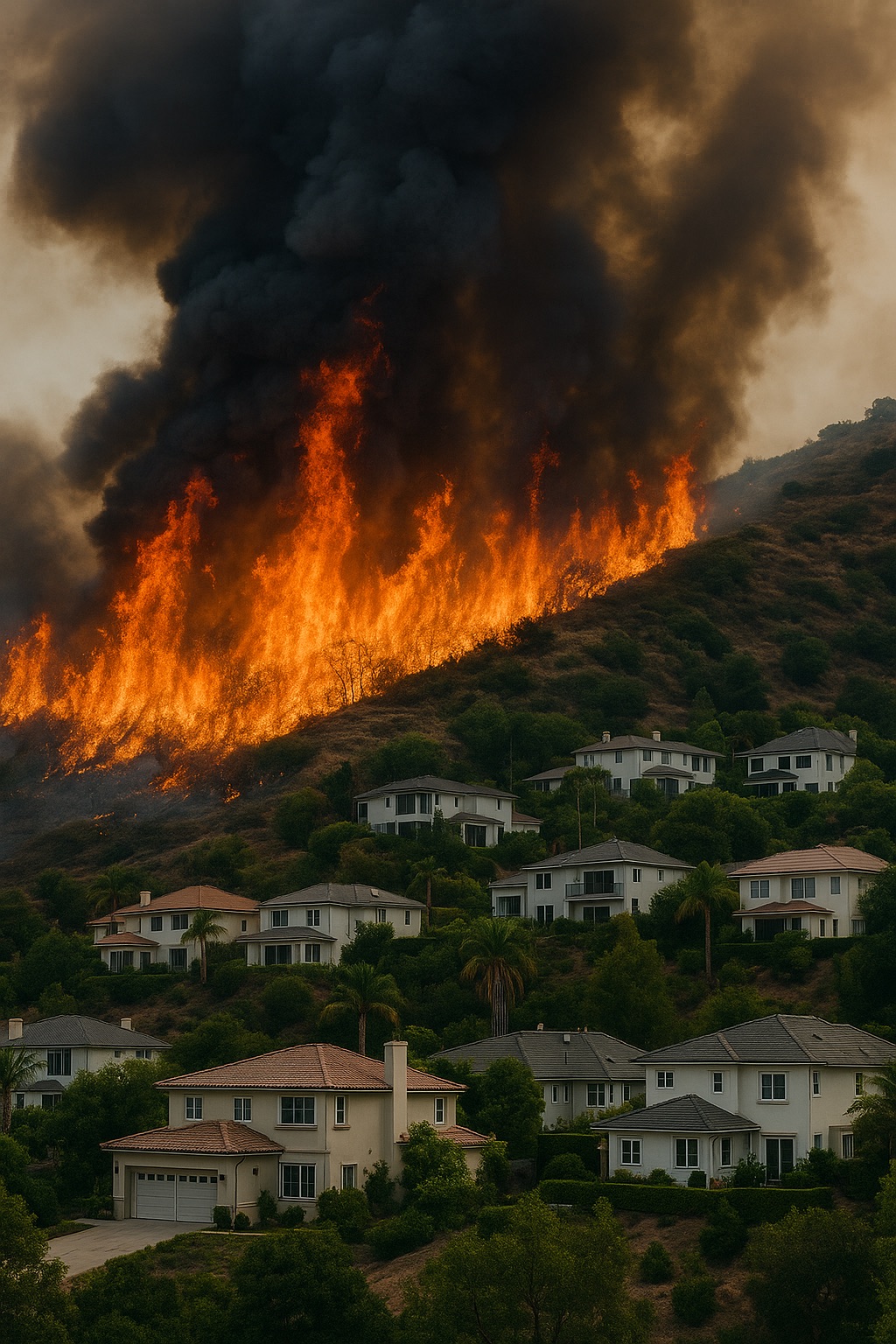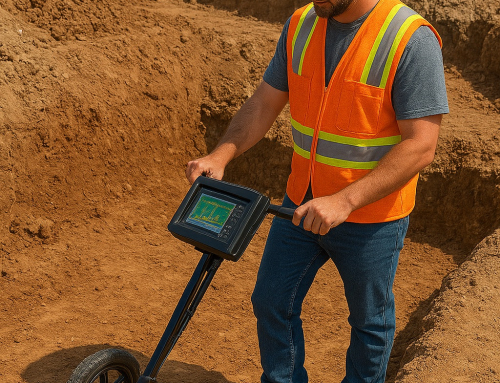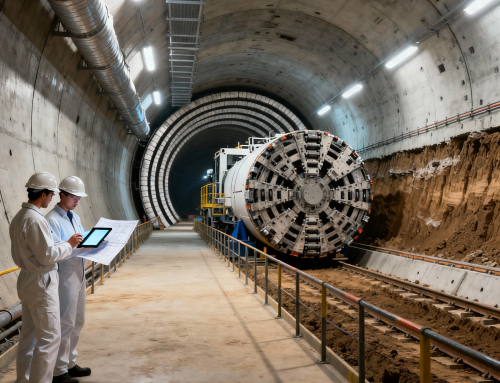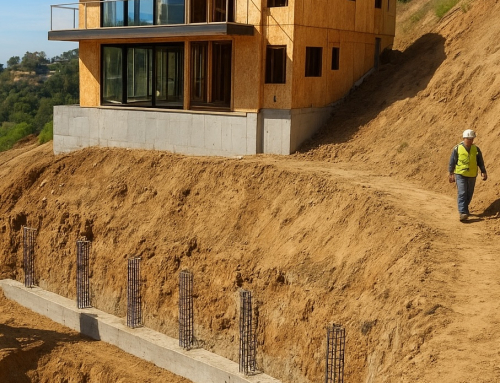Los Angeles is a city which is influenced by risk. The story includes fires, floods and quakes. Wildfires now rank among its greatest threats. Each year, they return with greater force. Flames sweep across hillsides and enter communities. The cost is measured in homes lost and lives disrupted.
At the same time, Los Angeles continues to grow. More people need housing. Demand pushes development into hillsides, canyons, and wildland zones. These areas offer views and land. But they also carry fire risk. Expansion collides with hazard.
The challenge is balance. The city cannot stop growth. But growth without safety creates disaster. The Eaton Fire, Palisades Fire, and Woolsey Fire proved this truth. Flames reveal the limits of planning. They also show paths forward.
This article studies how Los Angeles can expand without magnifying fire danger. It looks at engineering, planning, and policy. It calls for design that respects both growth and safety.
The Expansion of Los Angeles into Fire Zones
Los Angeles has always spread outward. Mountains, valleys, and coastline became targets for housing. In the early 20th century, developers-built homes in the San Gabriel foothills. Later, growth reached into the Santa Monica Mountains. Each wave of expansion pushed deeper into risky zones.
Hillside living became a symbol. Views of the basin and ocean drew buyers. Land seemed cheaper than crowded flatlands. Yet these zones are part of the urban-wildland interface. Experts call it the WUI. It is where homes and wild nature meet. It is also where wildfires strike hardest.
Dry chaparral covers much of this land. Summers turn vegetation brittle. Winds race through canyons. Slopes rise steep and fast. Fire climbs these slopes with speed. Canyons act as funnels, pulling flames into neighborhoods.
The demand for land has not slowed. Population pressures keep pushing boundaries. Developers carve roads into steep terrain. New subdivisions appear in areas marked as high-risk. Each home adds value to the housing market. Each home also adds exposure.
The history of LA’s growth explains today’s crisis. Fires are not new. But development in natural fire corridors multiplies their cost. Expansion continues, but the land does not change its nature.
Wildfire Risk in Hillside and Canyon Development
The risk grows with every new house in the WUI. Vegetation is the first factor. Chaparral and grasses ignite quickly. They carry flames to roofs, fences, and decks. Once homes burn, fire spreads from structure to structure.
Topography adds to danger. Steep slopes create updrafts. Flames race uphill faster than people can run. Narrow canyons trap heat and wind. Firestorms build in minutes. Residents have little time to escape.
Case studies prove this pattern. The Eaton Fire in Altadena stripped foothill slopes. The Palisades Fire weakened sandstone cliffs and caused slides. Thousands of homes were lost in Ventura and LA counties due to the Woolsey Fire. In each event, slope and vegetation amplified risk.
Utilities and access routes fail under these conditions. Power lines fall. Gas lines rupture. Water pressure drops when pumps burn. Roads fill with fleeing cars. In canyons, evacuation routes often narrow to one lane. Fire crews struggle to enter.
Emergency response faces delay. By the time crews arrive, homes may already be lost. Wildfire risk is not only about flames. It is also about infrastructure that fails under stress. Hillside development magnifies this risk.
The right inspections prevent structural and foundational integrity issues. Properly framed inspections safeguard schedules, jobs and project budgets.
Engineering and Construction Challenges
Building on fire-prone slopes presents technical hurdles. Codes in Los Angeles address many issues. But fires expose weaknesses. Let’s discuss some construction and engineering challenges that were posed by wildfire.
Wood framing remains common. Decks extend into canyons. Roofs use combustible shingles. These features invite embers. In many fires, embers ignite homes far from the main flame.
Some solutions exist. Treated lumber resists ignition. Concrete and stucco walls survive longer. Ember-resistant vents keep sparks out. Non-combustible siding reduces spread. These materials add cost. Yet they reduce risk.
Slope stabilization is another issue. Fires burn vegetation. Roots that once held soil vanish. Rain follows. Slopes collapse into debris flows. Retaining walls, soil nails, and drainage systems can prevent collapse.
After the Eaton Fire, check dams slowed debris surges. In the Palisades, shotcrete held cliffs. These measures save lives.
Codes improve after each fire. But many older homes remain exposed. Retrofitting is expensive. Homeowners resist costs. Engineering can provide solutions, but policy must enforce them. Fires show that design and construction cannot ignore risk.
Read more to find out Why Every natural disaster, flood, or fire, requires structural and foundational testing to ensure stability.

A Los Angeles hillside community faces the destructive force of a fast-moving wildfire, highlighting the dangers of urban expansion into high-risk wildfire zones
Policy and Planning Lessons
Wildfires impact the policies for construction. They gave some important planning lessons. These include:
Policy directs where and how homes can be built. Very High Fire Hazard Severity Zones (VHFHSZ) exist in Los Angeles. These zones have restrictions. These rules limit new permits in risky areas. They also demand higher standards for materials and design.
There are codes on hillside homes in Los Angeles Department of Building and Safety (LADBS). Maps of hazard zones in California are done by the California Geological Survey (CGS). Los Angeles County Public Works adds rules for drainage and slope stability. These agencies form a web of oversight.
But pressure for housing complicates the system. Developers lobby for permits. Buyers seek homes with views. Local governments face the task of balancing growth with fire safety.
Debates continue. Should Los Angeles limit growth in fire zones? Or should it allow expansion but enforce stronger codes? Some argue that affordable housing demands new land. Others argue that fire losses cancel short-term gains.
The lesson from past fires is clear. Policy cannot ignore risk. Hazard maps must guide decisions. Permits must follow science. Safety comes before profit. Growth without planning repeats disaster.
Environmental and Social Dimensions
Wildfires reshape more than homes. They destroy ecosystems. In hillside zones, chaparral burns away. With it go native plants and animal habitats. Soil erodes. Seed banks vanish. Biodiversity declines. Recovery takes decades.
Air quality suffers. Fires fill the basin with smoke and ash. Fine particles spread across neighborhoods. Residents face breathing problems. Hospitals see rises in respiratory cases.
Water also suffers. Ash and chemicals wash into rivers and reservoirs. Sediment clogs basins. Filtration systems strain under load. Drinking water quality declines.
There are also social issues. Wealthy communities often build in scenic but risky zones. They rebuild quickly after fires. Insurance and resources support them. Working-class neighborhoods face another story. They live near fire zones but lack funds to rebuild. Some face permanent displacement.
Wildfires thus widen inequality. Recovery depends on income as much as policy. Planning must consider social resilience. Safety is not only about engineering. It is also about justice.
Future Strategies: Balancing Growth and Safety
Los Angeles has to think of the future immediately. Climate change is increasing the fire seasons making the conditions hotter and drier. Fire is getting bigger and more devastating. The growth will only be increasing. Therefore, the challenge is to control the fire and urban growth as one.
Multi-Hazards Designs
Fires are rarely a solitary occurrence. Earthquakes, landslides, and floods normally occur as their side effects. All these dangers should be capable of being endured by homes and infrastructure.
Improved drainage should be established on the roads to avoid post-fire flooding. The bridges should be fire and earthquake resistant. Seismic stress and erosion are both required. These need to be endured when constructing retaining walls.
Alternative Infrastructure
It should revamp its utilities. Power lines may be buried so that the sources of ignition are minimized. The water systems should be strengthened in order to allow firefighters access to it.
The roadways were to be widened in case of evacuation and emergency response. Redundancy is paramount as in case one system fails then the other should be there.
Education and the Community
Being ready can save lives. There should be maps and maintenance of clear evacuation routes. Early warning systems should be accessible to everybody. At least the vulnerable community should have it. Cal Fire , LADBS and others should provide accessible and frequently updated hazard maps. Through educational efforts, homeowners are made aware of the emergency planning. They are briefed about fire resistant retrofit and safe landscaping.
Long-Term & Sustainable Growth
Development of certain high-risk regions should not go on. It should be carefully planned to protect the ecosystems and the human being. Where construction occurred, there should be stringent fire safe design guidelines. The future structures must follow the example of the hybrid buildings. These are designed in the public transportation projects, and the metro projects. They are built to resist numerous dangers.
Los Angeles can grow, but it should be reasonable. Even though fires will never cease to happen. They could be prevented to become significant disasters when properly planned and prepared. Land preservation and safety as a priority in its construction can help the city to protect the future and its people.
Conclusion
Los Angeles faces a hard truth. Fires are inevitable. Disasters are not. Expansion into hillsides and canyons demands caution. Growth without safety multiplies loss.
The lessons from the Eaton, Palisades, and Woolsey Fires guide the way. Engineering offers tools. Policy offers rules. Communities offer resilience. Together, they form the shield.
Urban expansion will continue. But it must respect geology and fire science. It must follow hazard maps and codes. It must prepare for multi-hazard risks.
Safety depends on balance. Growth and wildfire safety must go hand in hand. Only then can Los Angeles expand without repeating past mistakes.
Build with knowledge. Build with confidence. Build smart from the ground up.






